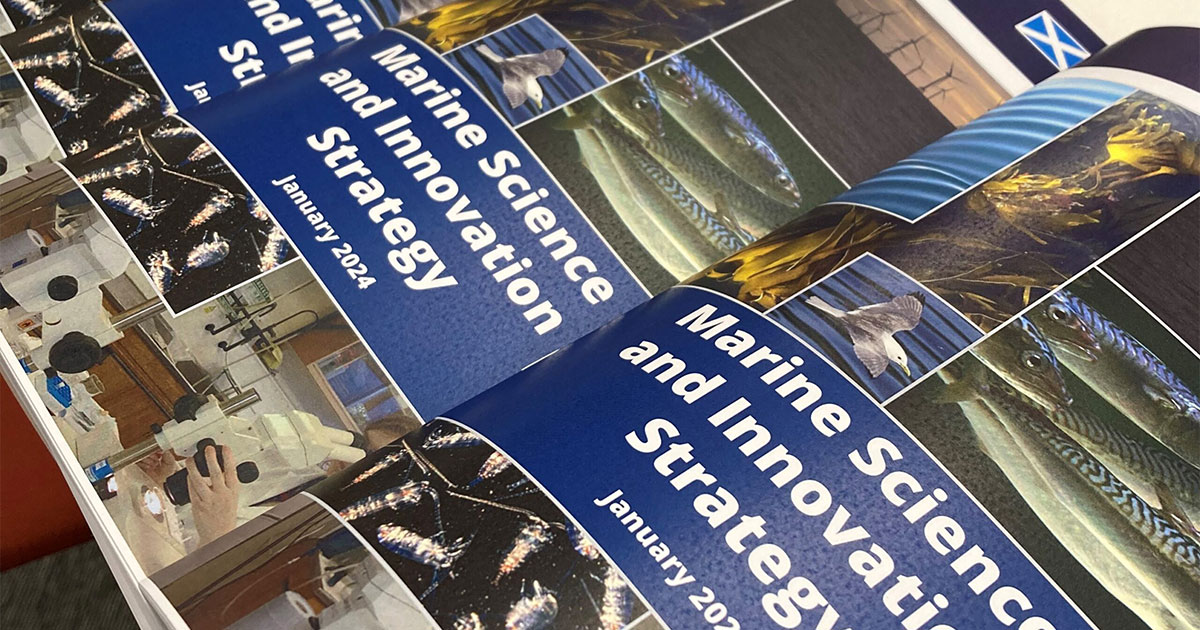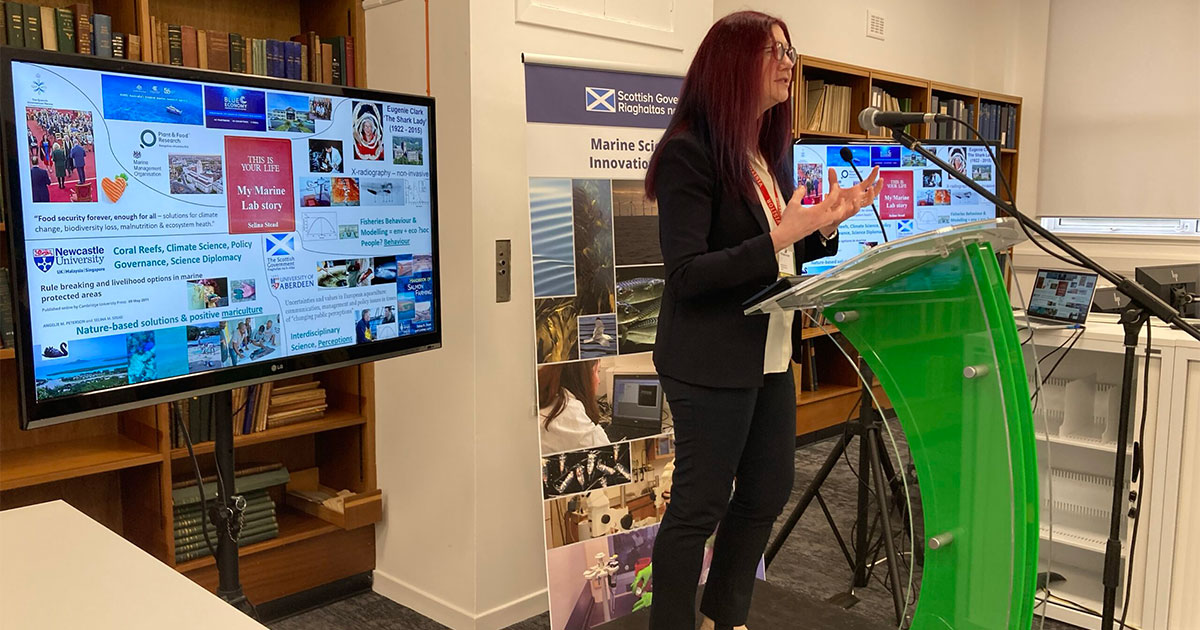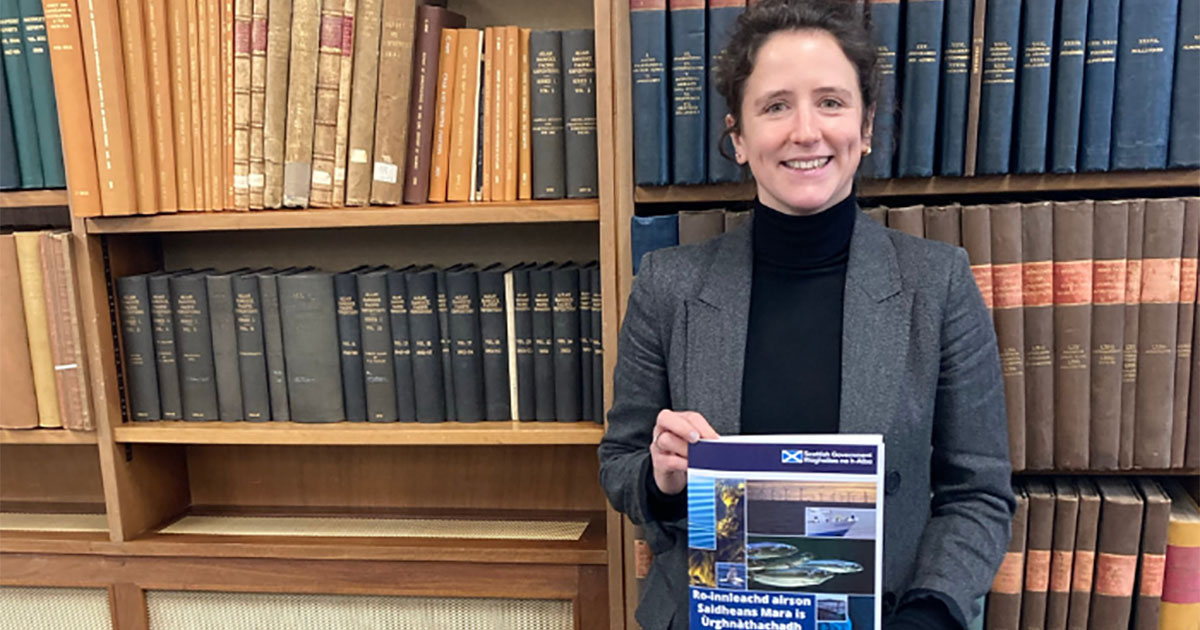The Scottish Government has published their new Marine Science and Innovation Strategy highlighting the crucial role of science and innovation in realizing the full potential of the marine environment.v
The strategy—part of their Blue Economy Vision to 2045—is a blueprint for the Scottish Government to utilize the best available science, evidence and data for making informed marine management decisions that benefit the economy, environment and society, including coastal and island communities.
It also includes a commitment for innovation through using the latest technology, such as artificial intelligence, including holographic cameras, drones and submersibles, and non-destructive environmental DNA (eDNA), to model and understand Scotland’s marine environment.
 Marine Science and Innovation Strategy (Image credit: The Scottish Government)
Marine Science and Innovation Strategy (Image credit: The Scottish Government)
Cabinet Secretary for Rural Affairs, Islands and Land Reform Mairi Gougeon said: “Over a century of science, data and evidence has already shaped our understanding of Scotland’s seas and rivers. Our commitment to science and innovation is not just for exploration but to make a tangible and positive impact for the marine environment, our economy and our cultural heritage.
“This ambitious new strategy will give us further evidence to respond to biodiversity loss and the impact of climate change, and to make the most of the opportunities our marine and freshwater environments have for our communities.”
 Professor Selina Stead, the UK Government’s Chief Scientific Advisor for the Marine Management Organisation and Executive Dean of Environment at the University of Leeds. (Image credit: The Scottish Government)
Professor Selina Stead, the UK Government’s Chief Scientific Advisor for the Marine Management Organisation and Executive Dean of Environment at the University of Leeds. (Image credit: The Scottish Government)
The strategy was presented to science, data, analysis and engineering stakeholders at the formal opening of the Helen Ogilvie Hub at the Marine Laboratory in Aberdeen. The hub is named after one of the laboratory’s first female scientists, who was appointed in 1911 and studied plankton in Scottish waters and their role in the marine food chain.
Further Information
- One of the first steps will be to map the marine and freshwater science and innovation capability and capacity across Scotland with partners. An operational plan to deliver the strategy will be created, and an Areas of Research Interest (ARI) scoping exercise will enable research priorities and knowledge transfer to key communities of interest.
- A new Scientist-in-Charge (SiC) pathway will increase diversity, inclusion and equality for early career scientists, equipping Scottish Government scientists for leadership roles on land and at sea aboard research vessels.
- The Scottish Government’s Marine Directorate has hundreds of scientists, engineers, analysts and data experts working to deliver impactful research outputs, data modelling which feed into sustainable management of Scotland’s marine and river ecosystems, and science, evidence and data for regulatory and statutory duties, such as monitoring for pollutants in seas.
- The Helen Ogilvie Hub opening event featured a speech from Professor Selina Stead, the UK Government’s Chief Scientific Advisor for the Marine Management Organisation and Executive Dean of Environment at the University of Leeds.





